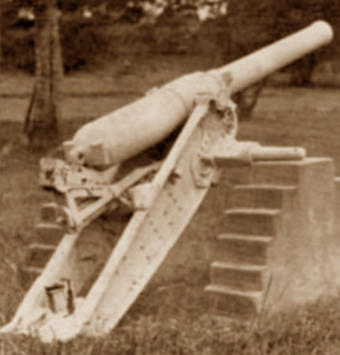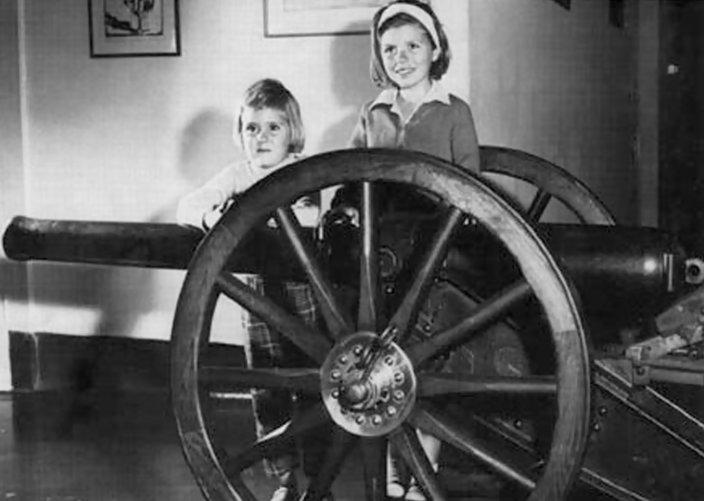The wonderful thing about our North Star 1672 range is that the figures will do for many different nations armies in the period 1665-1680. This is because it is a time just before uniforms, and the figures are all dressed in the fashions common amongst soldiers throughout Western Europe.
because it is a time just before uniforms, and the figures are all dressed in the fashions common amongst soldiers throughout Western Europe. 
 because it is a time just before uniforms, and the figures are all dressed in the fashions common amongst soldiers throughout Western Europe.
because it is a time just before uniforms, and the figures are all dressed in the fashions common amongst soldiers throughout Western Europe. 
This of course includes Britain. The years covered by our range is called the Restoration Period in
The years covered by our range is called the Restoration Period in Britain as it was the time the monarchy, represented by Charles II,
Britain as it was the time the monarchy, represented by Charles II,  was restored after the English Civil War.
was restored after the English Civil War.  It was also the genesis of the British Army. Britain, tired of soldiers
It was also the genesis of the British Army. Britain, tired of soldiers and war, had disbanded much of it’s forces after the Civil War and
and war, had disbanded much of it’s forces after the Civil War and Oliver Cromwell’s reign. With the return of Charles II to England in
Oliver Cromwell’s reign. With the return of Charles II to England in 1660, the units still under arms swore allegiance to the King and
1660, the units still under arms swore allegiance to the King and became the senior units of the British Army.
Some of the infantry regiments:
became the senior units of the British Army.
Some of the infantry regiments: Coldstream Guards
Grenadier Guards
Scots Guards
1st Regiment (Royal Scots)
2nd Regiment (The Queen’s)
3rd Regiment (The Buffs)
st
Coldstream Guards
Grenadier Guards
Scots Guards
1st Regiment (Royal Scots)
2nd Regiment (The Queen’s)
3rd Regiment (The Buffs)
st
 The years covered by our range is called the Restoration Period in
The years covered by our range is called the Restoration Period in Britain as it was the time the monarchy, represented by Charles II,
Britain as it was the time the monarchy, represented by Charles II,  was restored after the English Civil War.
was restored after the English Civil War.  It was also the genesis of the British Army. Britain, tired of soldiers
It was also the genesis of the British Army. Britain, tired of soldiers and war, had disbanded much of it’s forces after the Civil War and
and war, had disbanded much of it’s forces after the Civil War and Oliver Cromwell’s reign. With the return of Charles II to England in
Oliver Cromwell’s reign. With the return of Charles II to England in 1660, the units still under arms swore allegiance to the King and
1660, the units still under arms swore allegiance to the King and became the senior units of the British Army.
Some of the infantry regiments:
became the senior units of the British Army.
Some of the infantry regiments: Coldstream Guards
Grenadier Guards
Scots Guards
1st Regiment (Royal Scots)
2nd Regiment (The Queen’s)
3rd Regiment (The Buffs)
st
Coldstream Guards
Grenadier Guards
Scots Guards
1st Regiment (Royal Scots)
2nd Regiment (The Queen’s)
3rd Regiment (The Buffs)
st
Colour.

The Gun remained in the possession of the BSA Police in Salisbury, receiving her name, May Jackson in this period and
Salisbury, receiving her name, May Jackson in this period and was used for training and ceremonial duties, firing a Salute to
was used for training and ceremonial duties, firing a Salute to the Prince of Portugal in 1907.
the Prince of Portugal in 1907.  When war with Germany broke out in 1914, May Jackson
When war with Germany broke out in 1914, May Jackson went north with the British forces to East Africa. At the siege
went north with the British forces to East Africa. At the siege of Saisi in what is now NE Zambia, she helped beat off large
of Saisi in what is now NE Zambia, she helped beat off large scale German attacks, knocking out an enemy gun with a
scale German attacks, knocking out an enemy gun with a direct hit on it’s muzzle. She continued to perform well, but
direct hit on it’s muzzle. She continued to perform well, but didn’t accompany forces moving into East Africa.
May Jackson was pulled back to a base at Kasama. In one of
didn’t accompany forces moving into East Africa.
May Jackson was pulled back to a base at Kasama. In one of the last actions of WW1, Kasama was attacked by the
the last actions of WW1, Kasama was attacked by the Germans and overrun. May Jackson was captured, sabotaged
Germans and overrun. May Jackson was captured, sabotaged and thrown over an escarpment.
After the war, one of the guns pre-war crewmen, Mr Jalland,
and thrown over an escarpment.
After the war, one of the guns pre-war crewmen, Mr Jalland, now Provincial Commissioner, recovered May Jackson and
now Provincial Commissioner, recovered May Jackson and displayed her outside the Government Offices at Kasama.
The gun was later cleaned and mounted on a replacement
displayed her outside the Government Offices at Kasama.
The gun was later cleaned and mounted on a replacement carriage and displayed at the Military and Police Museum in
carriage and displayed at the Military and Police Museum in Lusaka, the capital of Zambia.
Lusaka, the capital of Zambia. We have been very pleased to share the story of this
We have been very pleased to share the story of this remarkable gun’s 25 year active service history with you.
remarkable gun’s 25 year active service history with you. The question we can’t answer is; is May Jackson still in the
The question we can’t answer is; is May Jackson still in the museum, over 120 years after she came to Africa?
museum, over 120 years after she came to Africa?
 Salisbury, receiving her name, May Jackson in this period and
Salisbury, receiving her name, May Jackson in this period and was used for training and ceremonial duties, firing a Salute to
was used for training and ceremonial duties, firing a Salute to the Prince of Portugal in 1907.
the Prince of Portugal in 1907.  When war with Germany broke out in 1914, May Jackson
When war with Germany broke out in 1914, May Jackson went north with the British forces to East Africa. At the siege
went north with the British forces to East Africa. At the siege of Saisi in what is now NE Zambia, she helped beat off large
of Saisi in what is now NE Zambia, she helped beat off large scale German attacks, knocking out an enemy gun with a
scale German attacks, knocking out an enemy gun with a direct hit on it’s muzzle. She continued to perform well, but
direct hit on it’s muzzle. She continued to perform well, but didn’t accompany forces moving into East Africa.
May Jackson was pulled back to a base at Kasama. In one of
didn’t accompany forces moving into East Africa.
May Jackson was pulled back to a base at Kasama. In one of the last actions of WW1, Kasama was attacked by the
the last actions of WW1, Kasama was attacked by the Germans and overrun. May Jackson was captured, sabotaged
Germans and overrun. May Jackson was captured, sabotaged and thrown over an escarpment.
After the war, one of the guns pre-war crewmen, Mr Jalland,
and thrown over an escarpment.
After the war, one of the guns pre-war crewmen, Mr Jalland, now Provincial Commissioner, recovered May Jackson and
now Provincial Commissioner, recovered May Jackson and displayed her outside the Government Offices at Kasama.
The gun was later cleaned and mounted on a replacement
displayed her outside the Government Offices at Kasama.
The gun was later cleaned and mounted on a replacement carriage and displayed at the Military and Police Museum in
carriage and displayed at the Military and Police Museum in Lusaka, the capital of Zambia.
Lusaka, the capital of Zambia. We have been very pleased to share the story of this
We have been very pleased to share the story of this remarkable gun’s 25 year active service history with you.
remarkable gun’s 25 year active service history with you. The question we can’t answer is; is May Jackson still in the
The question we can’t answer is; is May Jackson still in the museum, over 120 years after she came to Africa?
museum, over 120 years after she came to Africa?
After the war, one of the guns pre-war crewmen, Mr Jalland, now Provincial Commissioner, recovered May Jackson and
now Provincial Commissioner, recovered May Jackson and displayed her outside the Government Offices at Kasama.
displayed her outside the Government Offices at Kasama. 
 now Provincial Commissioner, recovered May Jackson and
now Provincial Commissioner, recovered May Jackson and displayed her outside the Government Offices at Kasama.
displayed her outside the Government Offices at Kasama. 






























